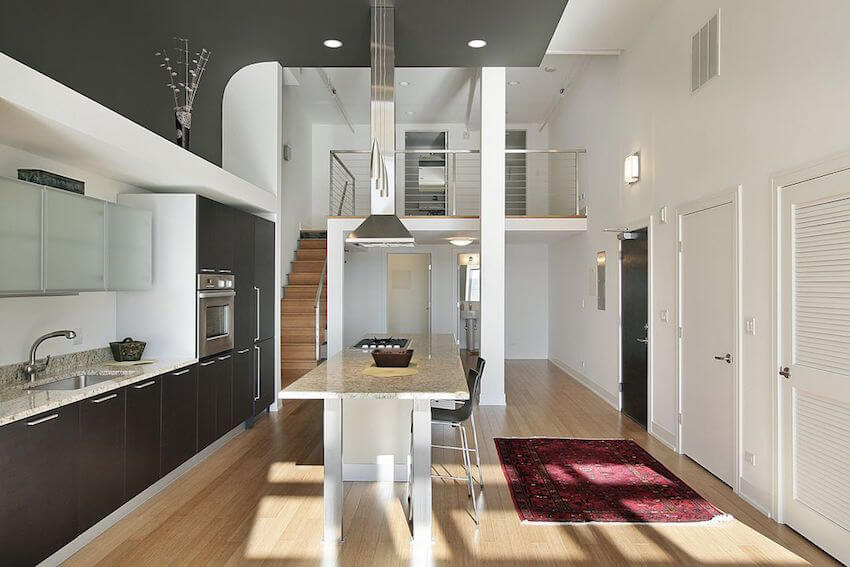These days, as manufacturers and consumers alike are becoming more concerned about their environmental impact, the range of “green” home improvement options has exploded. Particularly when it comes to flooring, many of the eco-friendly flooring options are currently trending and more available than ever, allowing you to really customize your floors without inadvertently causing the environment harm at the same time. But are they really worth it? The most popular eco-friendly flooring types - bamboo, cork, and linoleum - all have additional benefits that make a pretty compelling case on their own. So say goodbye to boring, limited ‘environmentally conscious’ floors and instead choose a dynamic, stylish, eco-friendly floor that will provide so many other benefits that its low environmental impact becomes just an added bonus.

Style
Though eco-friendly might sound limiting, there are actually tons of styles to choose from without sacrificing the environment. Bamboo flooring looks similar to hardwood and is naturally blond, but can be stained or carbonized any wood color from light tan to dark brown. In addition, the planks can be placed horizontally, vertically, or woven together for a unique, exotic look. Cork flooring, on the other hand, always has a unique and variable look but comes in a rainbow of colors so you can match the style of the rest of your home. And the linoleum of today is nothing like the linoleum of years ago - endlessly customizable, your options are limitless. Whether you’re looking for a classic tile look or a colorful pattern for your floor, linoleum is a choice that might fill all your needs. If you’re interested in more detailed styles, you may need to consult a flooring contractor to get exactly the look you want, but don’t let that stop you. For once, eco-friendly flooring is now both trending and trendy and you don’t have to stick with boring!

Cleanliness
One of the important aspects of different types of flooring is being able to keep the floor clean, and considering flooring through an eco-friendly lens, this also means looking for flooring that doesn’t require a lot of chemical cleaning products. Fortunately, all three of these options stand up to the test! With all three options of flooring, you’ll need to clean spills immediately, and sweep or vacuum as dust and dirt start to collect. Occasionally, you can wipe the floor with a damp cloth - all of which is low maintenance and chemical-free. With linoleum floors you’ll want to clean with a mop and ph-neutral cleanser when needed. Additionally, cork and linoleum are antibacterial and antimicrobial (and thus mold and mildew resistant), and linoleum is an anti-static surface (meaning it will repel rather than attract dirt). With those kinds of benefit, the cleanliness of these floors speaks for itself (even if you forget about their eco-friendliness)!
Durability

A part of being sustainable includes not having to use the resources to replace the floor often, and these three flooring options will last much longer than a few years when cared for properly. Cork and linoleum are naturally resistant to water and heat, along with mold, though you should place furniture on mats over cork flooring due to its give (which, on the other hand provides better comfort for walking and standing). Though bamboo is more water-absorbent, it’s super durable and has been measured to be harder than most hardwood varieties (using the janka hardness test). Linoleum flooring is also comfortable for standing, making it a great choice for kitchen floors, and will last decades. On top of all of that, bet you’ll forget they were the options that were also best for the environment!
